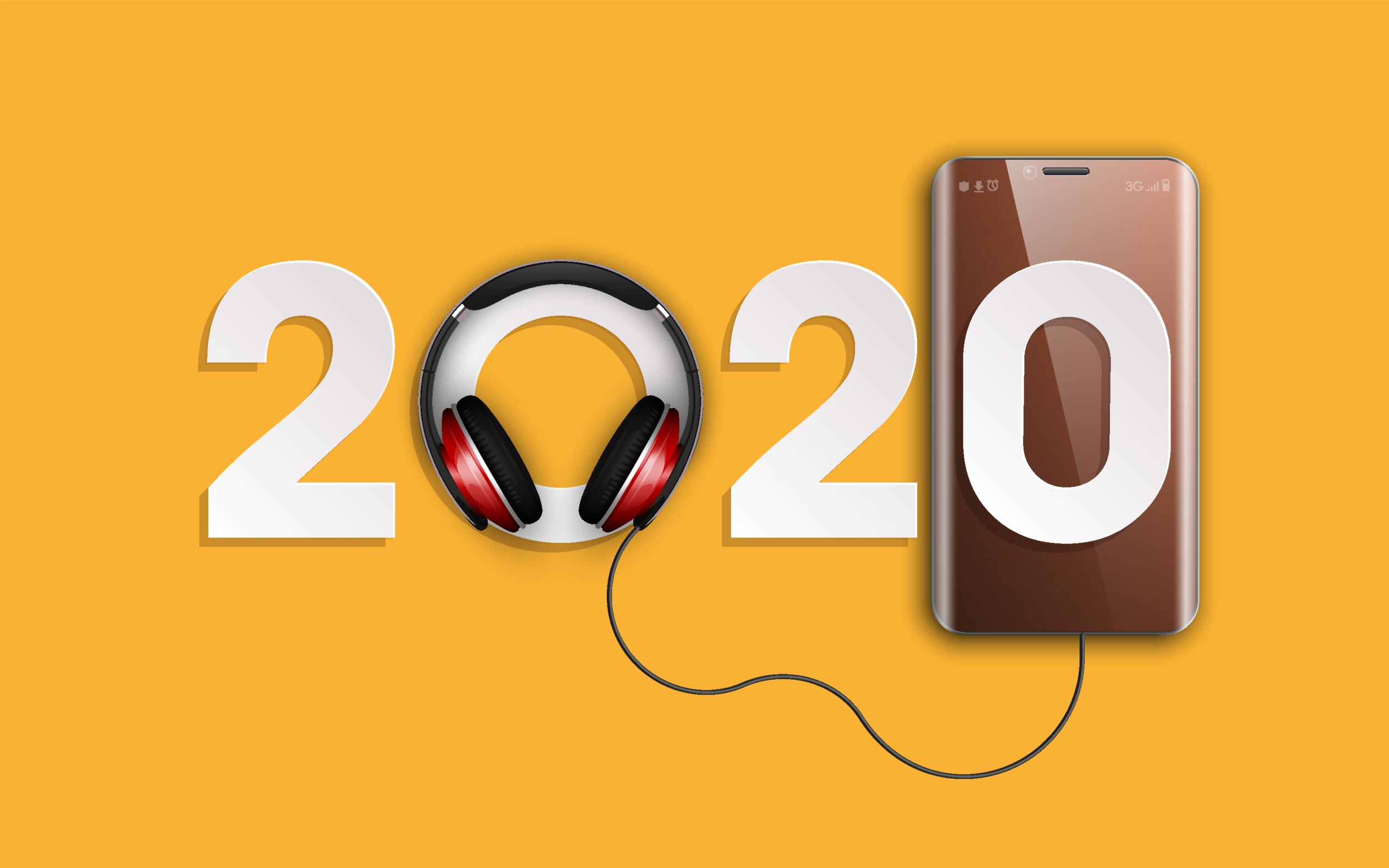We’re now in the new twenties, and a lot of us are wondering what the next year – and decade – will bring for digital advertising. Of course, we’re especially interested in digital audio, so let’s focus on what is likely to happen in 2020 in this department.
More investment in audio and more audio content
With growing audio audiences, publishers are expected to keep investing more in audio content. Battling for audience attention, they’ll be looking for new, easier-to-consume content formats, and audio might be the perfect solution. So, while brands continue tapping into podcasts and ads, we’re likely to see publishers turning their long-form content into audio articles you can listen to on your daily commute, and creating spin-off podcasts to continue conversations sparked by TV shows and reaching larger audiences.
New tech will provide advertisers with more tools to distribute and track audio campaigns, which will encourage bigger advertising budgets. On the other hand, more distribution and targeting options will mean higher effectiveness of audio campaigns, and ultimately, more growth and revenue, as already seen in 2019 and as predicted by experts for 2020. Hopefully, all this also means we’ll see more innovative and engaging audio campaigns this year, as the channel grows and attracts more prominent brands and their creative teams.
Data will continue to be king
Brands have already started exploring the connection between audio advertising and data. Still, it’s 2020 that’s expected to see an explosion in this field, giving advertisers much more opportunities to scale their digital audio efforts. Thanks to audience data analysis tools, we’ll see more truly personalized audio campaigns – something that was not possible at all, not so long ago. Along with audio’s inherent 1-on-1 nature, personalization is expected to give engagement rates a considerable boost.
Programmatic audio buying will continue to provide advertisers with more control of their audience and better targeting, like real-time location targeting (and retargeting), helping drive more traffic (and sales) to physical stores with audio ads. At the same time, it will be fundamental for advertisers to make sure they adjust their data privacy measures to the new reality as their audience behaviour changes, with people now able to opt into their advertising by just saying “OK Google”.
New ways to reach the audience
Speaking of voice technology, it’s not yet clear how much it will develop this year (although the data is promising), but it’s pretty clear listener behaviour is already changing. Brands will have to adapt their marketing while modelling customer behaviour to reach the desired outcomes. And with new 360° audio capable devices hitting the market, immersive audio is expected to soon become the norm on all devices and channels.
And speaking of devices, AdTonos CEO and Founder Michal Marcinik believes that they’ll play a key role in driving the growth of marketing budgets this year:
“I’m positive that 2020 will be a year of the continuous, rapid growth of audio consumption and the development of new advertising products to address that expansion. I believe that the most growth of advertising budgets would come not from what type of audio we consume, but what device. And this is where AdTonos comes in with YoursTruly – an interactive audio advertising solution, interactive ads that you can talk to. We can see that voice interfaces have started to become parts of our everyday life, though they’re sometimes misinterpreted as AI like in one of the TV commercials. We’re still quite far away from true voice AI, but we’re taking huge steps each year.”
See what other industry experts predict for 2020 and beyond in this article.




Leave A Comment